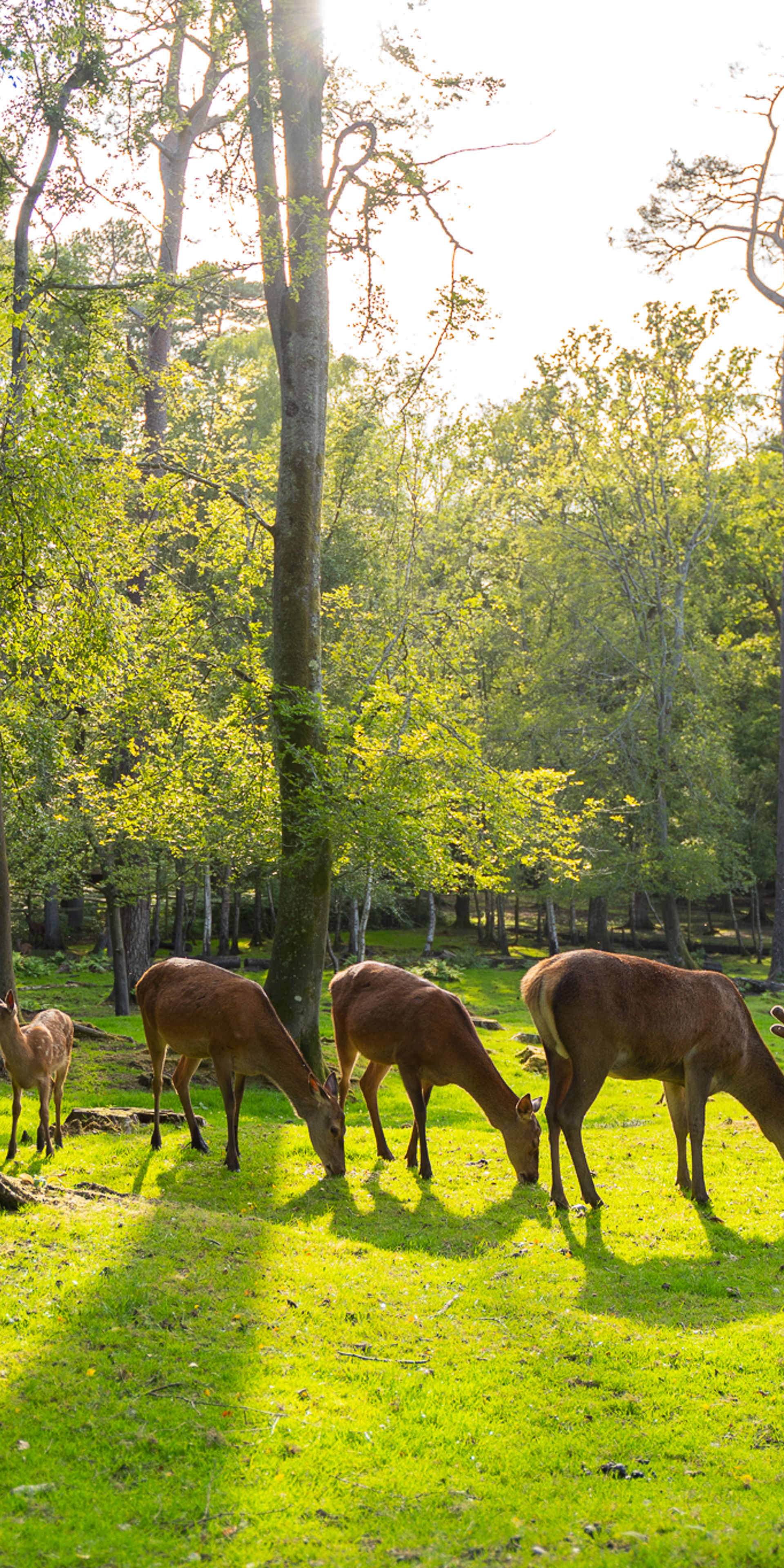European Polecat

General information
A solitary and mainly nocturnal mustelid, easily identified by its distinctive dark banded facial mask and dark brown outer fur with a cream underbelly. Polecats are carnivorous hunting for small rodents, birds, reptiles and amphibians. Polecat males will mate with multiple females throughout their winter breeding season. Young are born in early summer in a litter of 2 to 7 kits. The kits are weaned after just a month, independent by 3 months and fully mature by 1 year. Although they are solitary, polecats are not territorial, often sharing their territory with other polecats.
Polecats are often found in territories close to a water source where prey is easier to find. Although they are small in size, polecats can scare off many large predators by using their anal glands to release a very strong unpleasant scent. Although they were once close to extinction, the European Polecat is slowly increasing in numbers and range in the UK after rigorous persecution by gamekeepers.

Latin name - Mustela putorius putorius
Class - Mammalia
Order - Carnivora
Family - Mustelidae
IUCN Status - Least concern
Habitat - Lowland areas below 500m woods, forest, riverbanks, sand dunes and farms
Distribution - Throughout Europe and Northern Africa but absent in Ireland
Average Lifespan
6 to 10 years in the wild. Up to 14 years in captivity.
Threats
Car collisions, habitat loss, accidental poisoning and trapping.
Fun Fact
The name Polecat actually derives from the nickname ‘Poulet-chat’ from the French meaning Chicken-Cat (hencat or poultry-cat) as wild polecats have a habit of breaking into chicken farms. Then farmers realised they could encourage these creatures to keep the rats away and they became quite friendly … the beginning of the domestic ferret!
Our Residents
Over the years the park has been involved with the UK Polecat Studbook. We aim to keep pure bloodlines for captive breeding because the wild population of polecats was in decline in the UK.
Here at the park we have had successful litters of 6 kits born in 2015, 8 kits born in 2016 and 7 kits born in 2021.
Currently we have our female named Lagatha, her son Ragnar and three daughters; Siggy, Torvi and Astrid. They can be found in our Main building.

Sign up to our newsletter
Join our mailing list in order to keep up to date with park news and special offers.




